On the table Week 6: Floral greetings from the kitchen
No flowers for Uncle Norfolk
The Other Queens
Floral greetings from the kitchen
What was served in week? Beef olives stuffed with sage and majoram, pre-prepared in Cromwell´s kitchen. All you have to do is put them in the oven. And then probably the culinary highlights of the book and we also owe them to Cromwell: small tarts1 made of preserved oranges and honey, almond cream flavoured with rose water and decorated with preserved petals of roses and candied violets (!)2.
There was little to eat at the More's house and no guest ever found out what that little actually was. Everyone stared at the plate, embarrassed by the More's disturbing family dynamic. But an important insight was gained: a hungry Gardiner becomes talkative and downright peaceful.
Details of illustrations by Joris Hoefnagel for the “Book of Calligraphy” by Georg Bocskay, 1561-1562. The Illustrations were added to the book between 1591-1596.
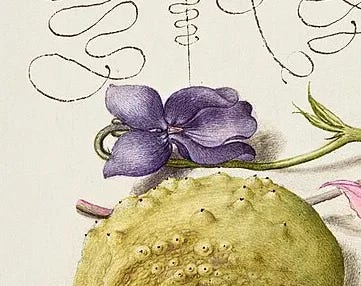
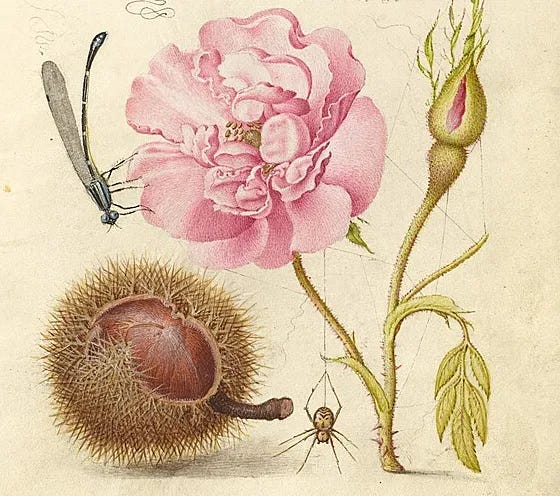
Sharpen the knives
“You always look like a man who knows how to cut up a carcass”. I imagine Cromwell in the Frescobaldi's kitchen just like in this painting. Professional, tools to hand and so efficient that the apron can simply be hung on the hook when the work is done. Still white. The tools of his trade have changed; he now dissects and fillets matters and opponents with legal expertise. The Butcher´s Shop by Annibale Carracci, around 1580
No flowers for Uncle Norfolk
Flowers3, “knot garden stuff”…Uncle Norfolk doesn't want this fancy stuff. For me, he has crossed the red line this week. The man is living in what is probably the most exciting century of all in terms of plants and gardens, and of course he doesn't want to know anything about it.
Now they no longer just study ancient texts, but go out into nature to see what plants there are (and there is a lot there that wasn't in any old text). An immense variety of previously unknown plants is flowing into the continent via America. There are also plants coming from Asia and a long break in the endless war between the Habsburg Empire and the Ottoman Empire brings previously unknown plants from the Balkans and the Ottoman Empire with its rich garden tradition4.
The Printing press made it possible to reproduce plant illustrations accurately - no one had to rely any longer on painted images that had been distorted by the repeated copying of the copy of the copy…But Uncle Norfolk doesn't like books either.
Spring by Pieter Breughel, the Elder. 1565
The Other Queens
Let us take a look at the other European Queens56 in 1530. What they all have in common is that they are the daughters and/or sisters of kings and reigning dukes and three of them are nieces of Catherine of Aragon. Like Cromwell at the English court, Anne Boleyn does not quite fit in. In their circle both are in a way ambitious “outsiders” or how Norfolk would say “persons”.
The Nieces:
Catherine, married to the King of Portugal John III., Sister of Emperor Charles V., Daughter of Johanna of Aragon/Castile, a sister of Catherine of Aragon
Isabella, married to Emperor Charles V., Daughter of the King of Portugal Manuel I. and Maria of Aragon/Castile, a sister of Catherine of Aragon
Eleanor, married to the King of France Francis I, Sister of Emperor Charles V., Daughter of Johanna of Aragon/Castile, a sister of Catherine of Aragon
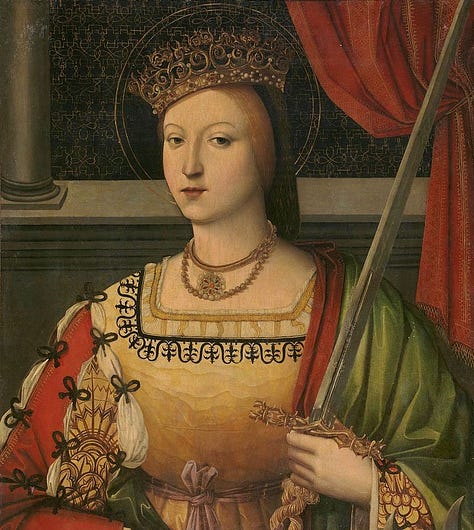
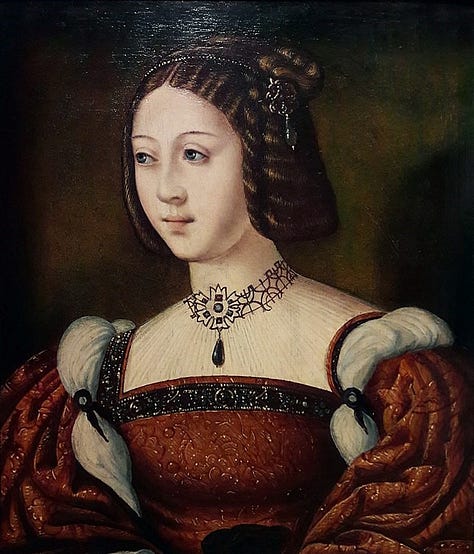
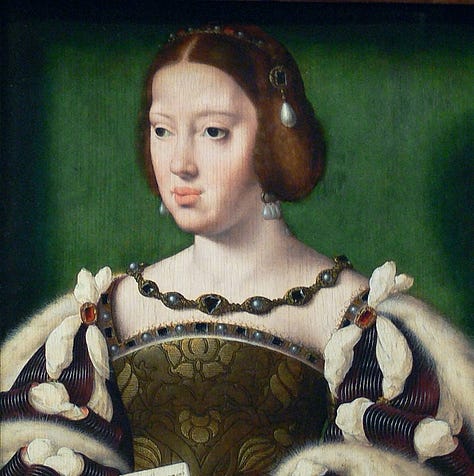
No nieces, but no less of royal descent
Anna, married to Ferdinand I. (brother of Emperor Charles V.) Archduke of Austria, King of Bohemia and King of Hungary. Sister of Louis II. King of Bohemia and King of Hungary. After the death of her childless brother in 1526, the two kingdoms fell to the Habsburgs through her inheritance.
Bona, married to Zygmunt I. King of Poland and Grand Duke of Lithuania. Daughter of Duke Gian Galeazzo Sforza of Milan and Isabella of Aragon (daughter of Alfons II King of Naples)
Sophia, married to Frederik I. King of Denmark and King of Norway. Daughter of Bogislaw X. Duke of Pommern and of Anna, daughter of Kasimir IV. King of Poland
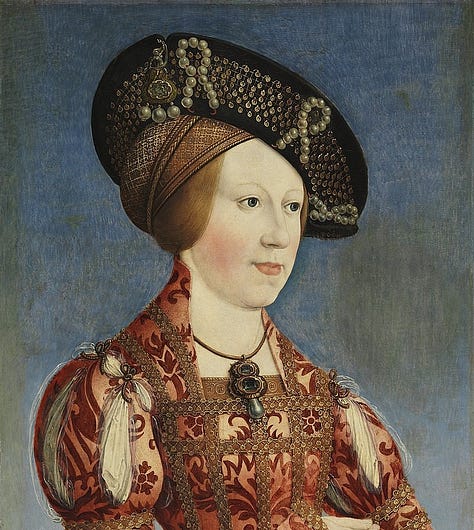
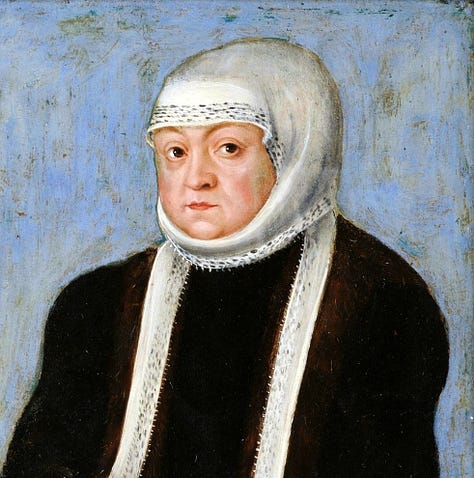
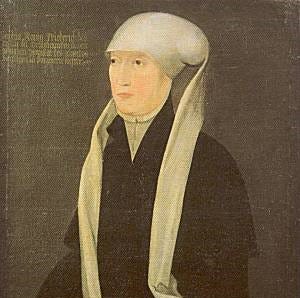
For the first time I couldn't resist: I had to make an upside-down orange cake yesterday and orange curd to go with it. The almond cream will have to wait until the violets bloom in the garden.
The profile photo gives it away, this is one of my favourite flowers (and I am a fan of a very moderately successful football club with the club colour violet. Team and fans like to call themselves "The Violets”.)
What a pleasant contrast is Wolsey, who orders flower seeds.
Florike Egmond, The world of Carolus Clusius: natural history in the making, 1550-1610 (London 2010), 64
Not married in 1530: Jacob V. King of Scotland (married in 1537 Madeleine, daughter of Francis I.) King of France. Gustav I Wasa King of Sweden (married in 1531 Catherine of Saxony-Lauenburg, daughter of the reigning Duke of Saxony-Lauenburg)
Paintings: Catherine by Domingo Carvalho, 16th century. Isabella, unknown artist, 1520s. Eleanor by Joos van Cleve, around 1530. Anna by Hans Maler zu Schwaz, 1519. Bona by Lukas Cranich the Younger, around 1553. Sophia, unknown artist, 16th century




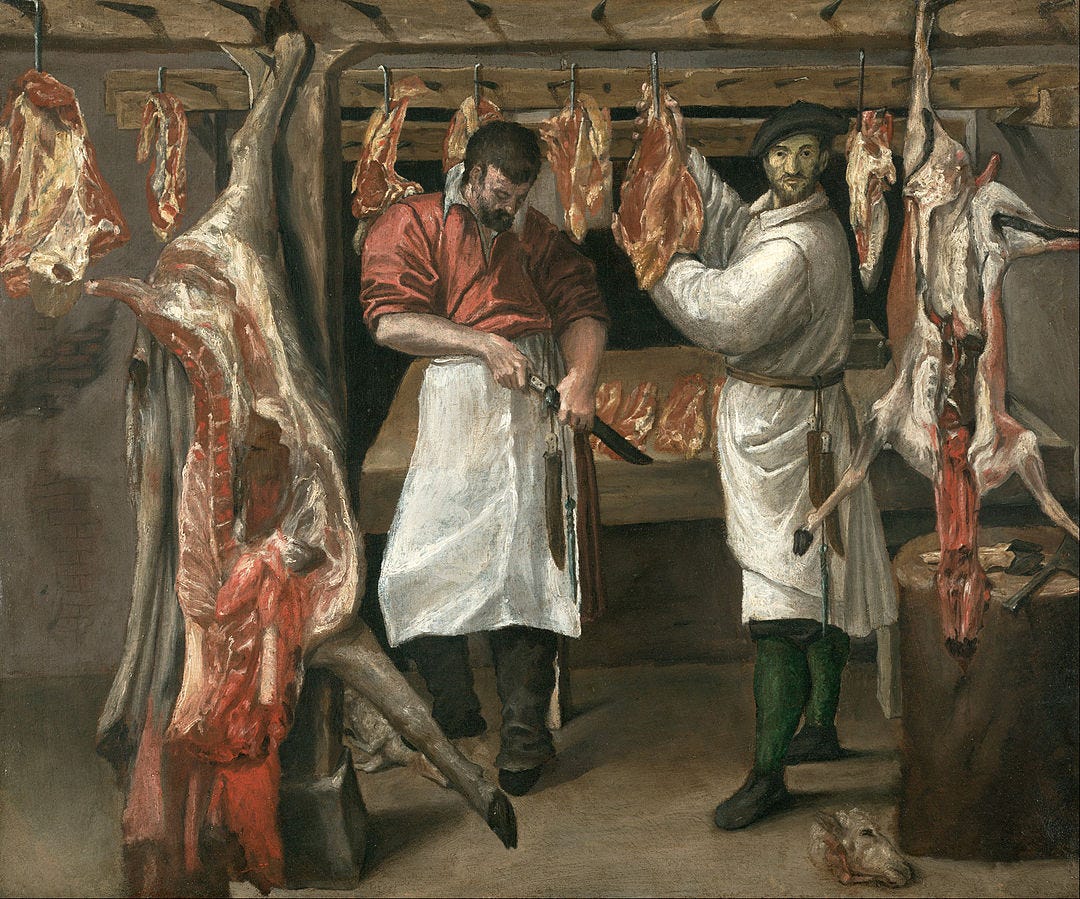
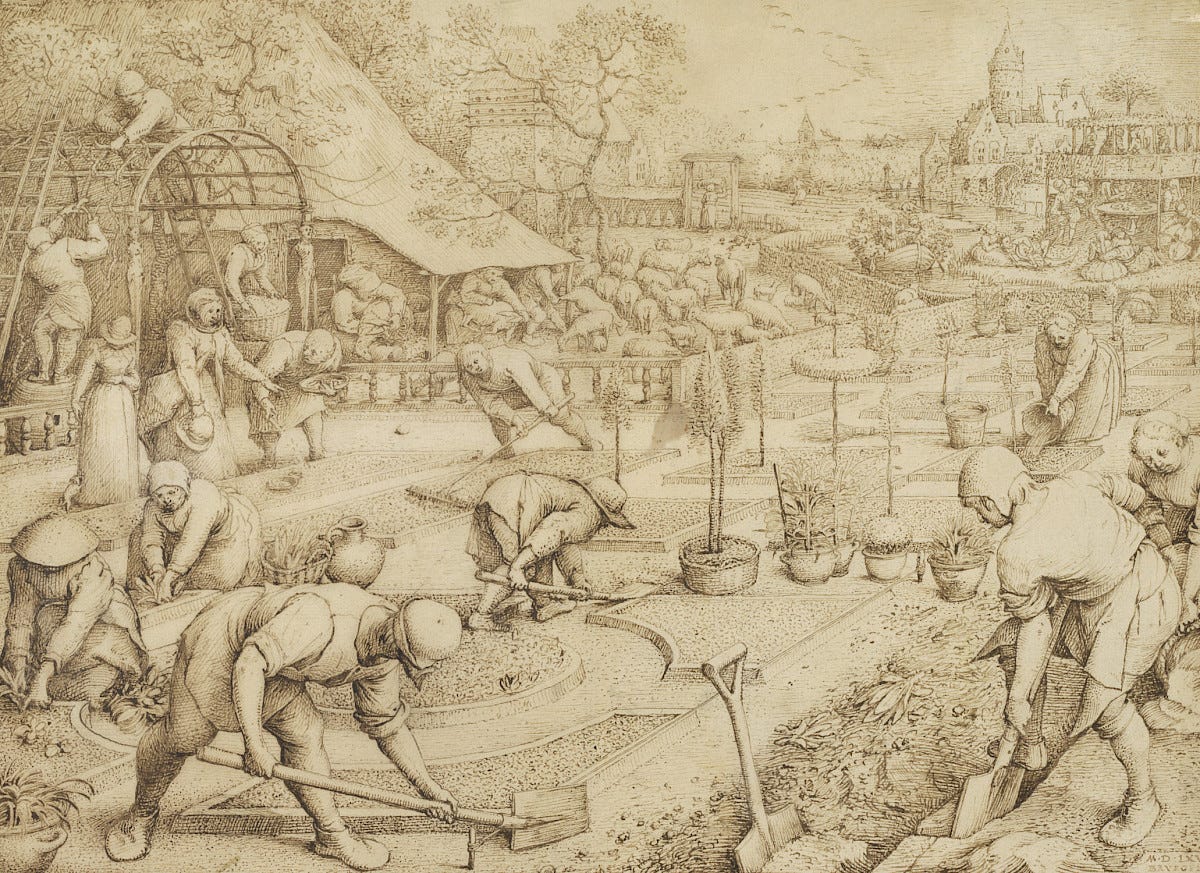
Thank you for this history and photos. Your observation about Norfolk being quite the dullard unappreciative of the gardens and books, especially as you described what he was missing.
Thank you again for all the interesting observations, I find I am now having much more of an eye for the meals when I am reading. A lot of the revealing conversations take place while eating--I love the way Hilary does the dialogue.